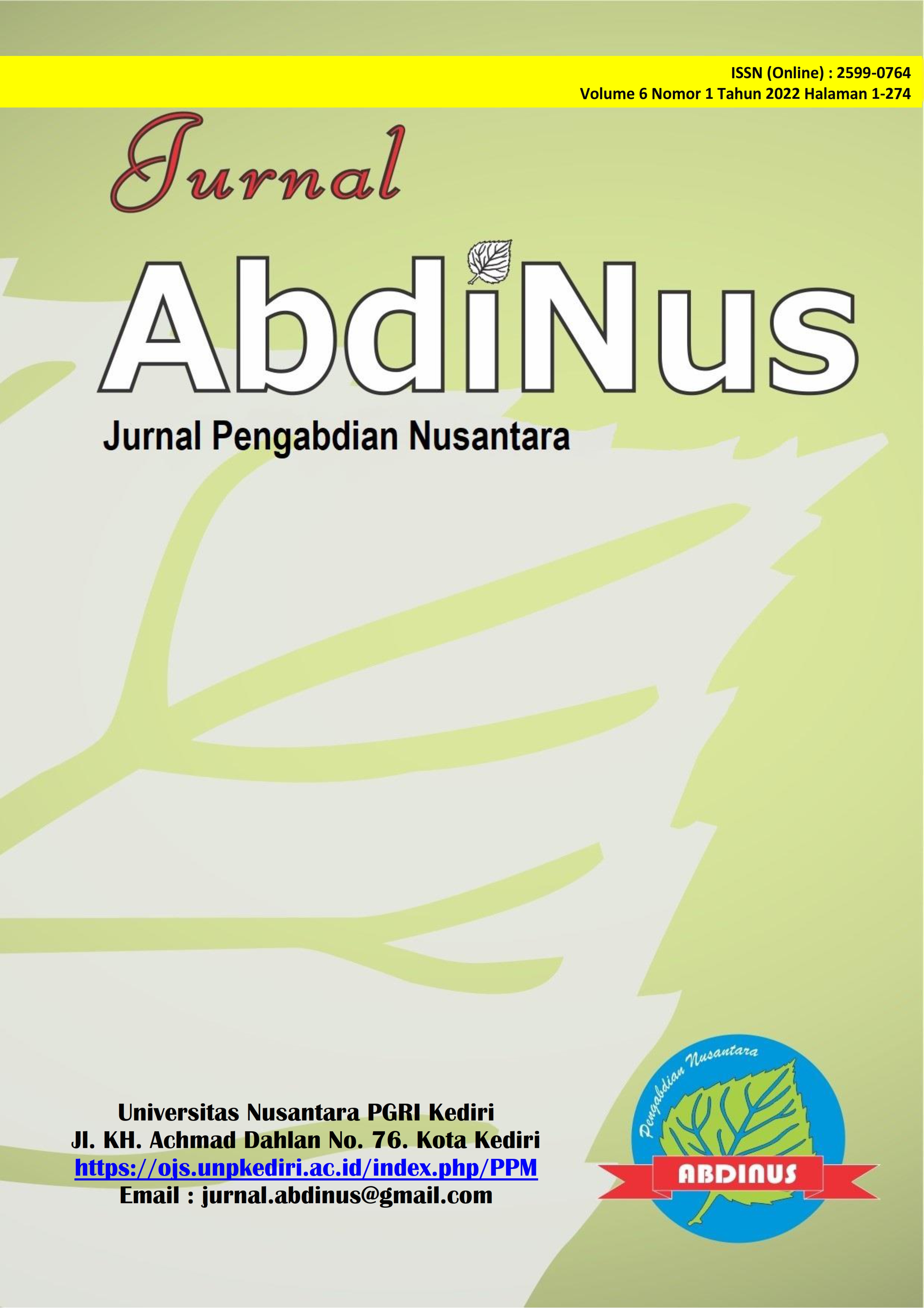Reflective Learning on the Mainstreaming Strategy of the Children's Rights To Promote the Children-Friendly Village
DOI:
https://doi.org/10.29407/ja.v6i1.16884Keywords:
Children, Village, Rights, Development, ProtectionAbstract
This community service program is an effort to popularize the concept of a Children-Friendly Village (CFV) to the village governments and residents as a medium for maximum attention to issues of childhood development through the creation of a healthy environment and the provision of various comfortable facilities for them, which has been conducted during May 2021 in the Oi Bura Village, Tambora Subdistrict, Bima District, West Nusa Tenggara Province with the main orientation of utilizing participant contributions to encourage “Mainstreaming Children's Rights (MCR)” applications at the village level through providing understanding or elaboration on the conceptual substance of MCR, problem identification of children at the village level, and formulating a road-map for the CFV development strategies according to the partners' capabilities. The success of the MCR strategy in managing the village development is highly dependent on the commitment and participation of all parties in the context of fulfilling children's rights in the Oi Bura Village, which have not met the six eligibility indicators as CFV at all. This reflective learning was effective to achieve the defined goals and will be replicated in other villages in the future.
Downloads
References
Bagheri, M., & Safavi, S. (2014). The Role of Sustainable Development in Child-Friendly Communities to Improve Children’s Health and Well-Being (Case Study: Zanjan City, Iran). Journal of Civil Engineering and Urbanism, 4, 35-40.
De Azevedo, A. J. A. (2010). The City “Children Friendly”: Evaluation of Quality of Life and Emotional Connection to City Second Perspective of Children (9-12 Years). In 3rd Annual EuroMed Conference of the EuroMed Academy of Business, 49-62.
Dewi, S. P. (2012). How Does the Playground Role in Realizing Children-Friendly City? Procedia-Social and Behavioral Sciences, 38, 224-233.
Ennew, J., & Plateau, D. P. (2004). How to Research the Physical and Emotional Punishment of Children. Bangkok: International Save the Children Southeast, East Asia and Pacific Region Alliance.
Hidayat, R. (2018). Segregasi Residensial dan Intersubyektivitas Kewarganegaraan Masyarakat Desa Oi Bura Kecamatan Tambora Kabupaten Bima. Journal of Governance, 3(1), 80-100.
Rahardjo, B., et. al. (2008). Konsep dan Pengertian Pengarusutamaan Hak Anak. Jakarta: Kementerian Negara Pemberdayaan Perempuan Republik Indonesia.
Suyanto, B. (2008). Pengarusutamaan Hak Anak di Daerah. Surabaya: Unesa.

















